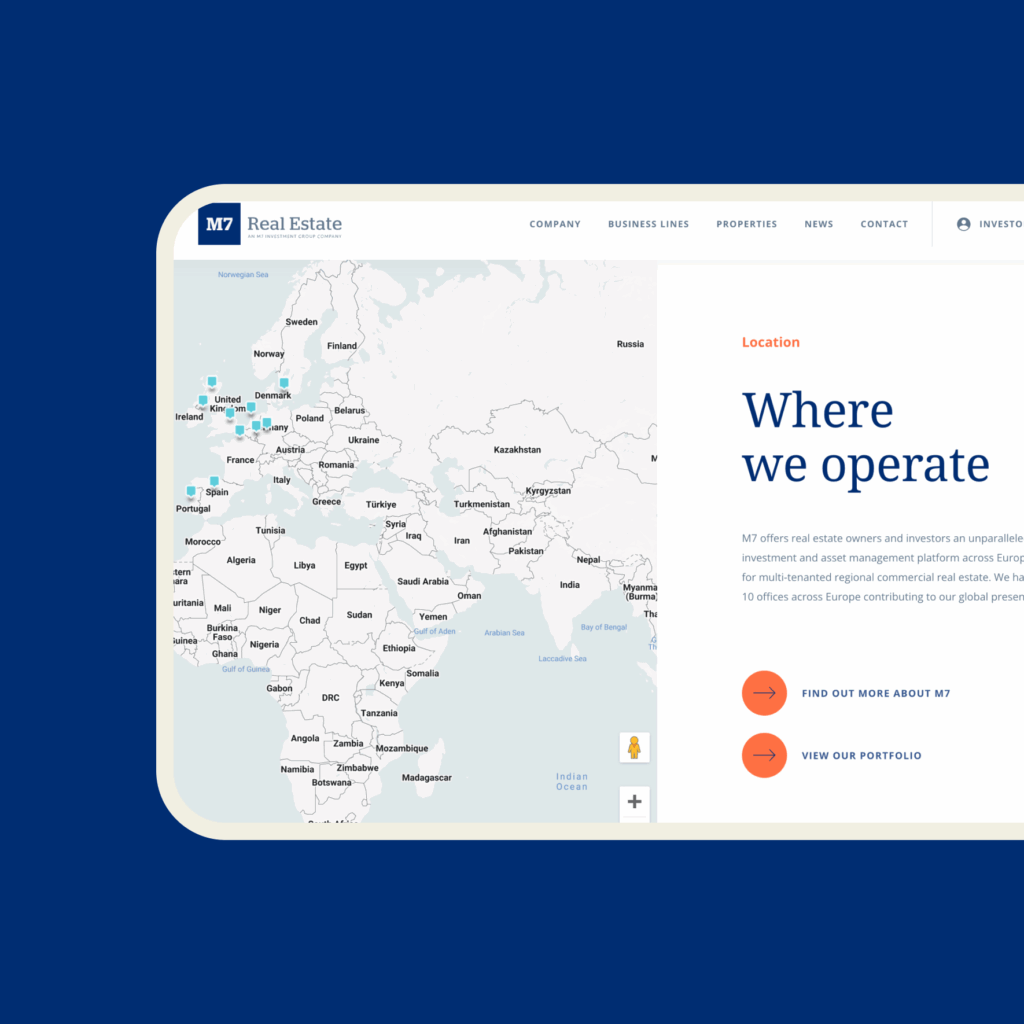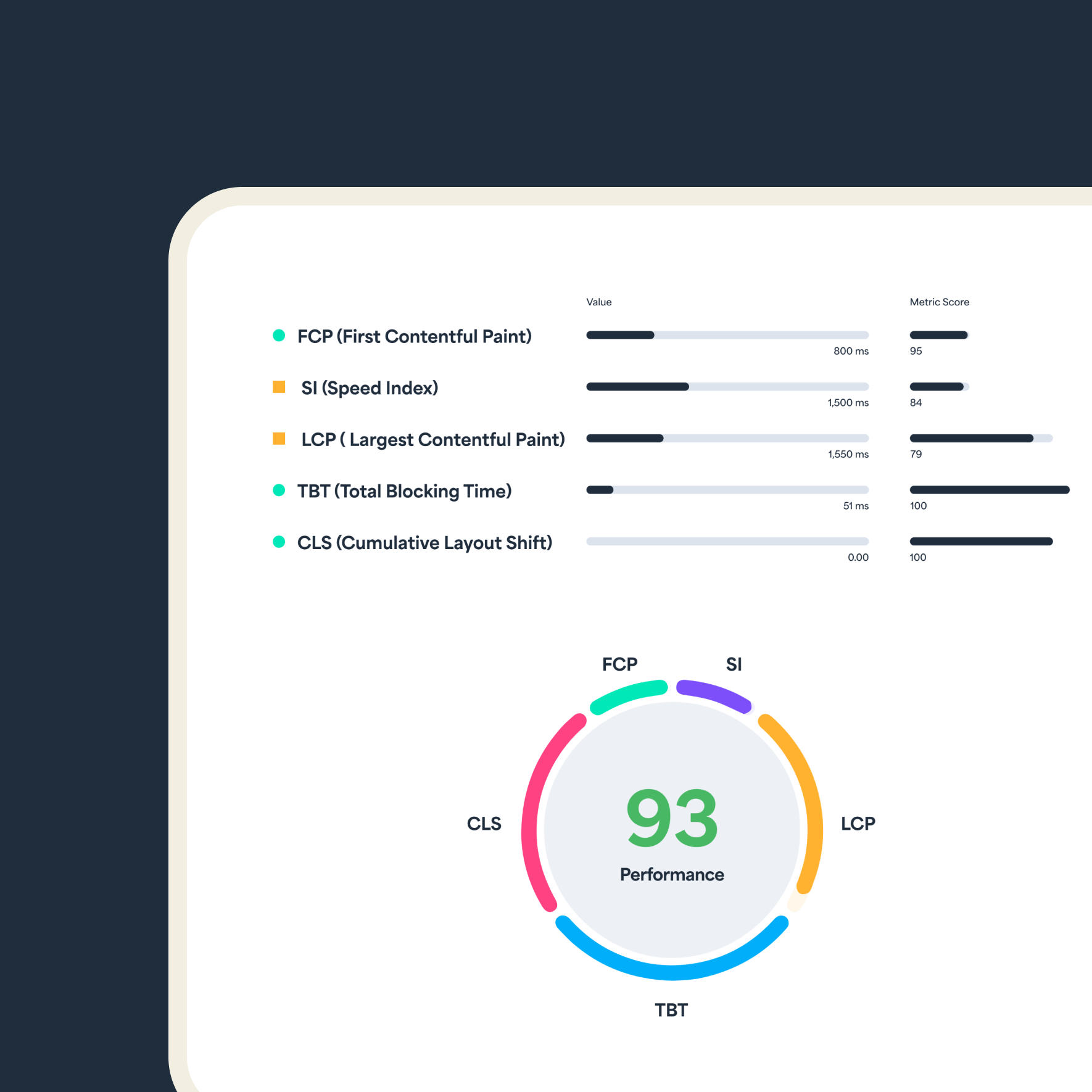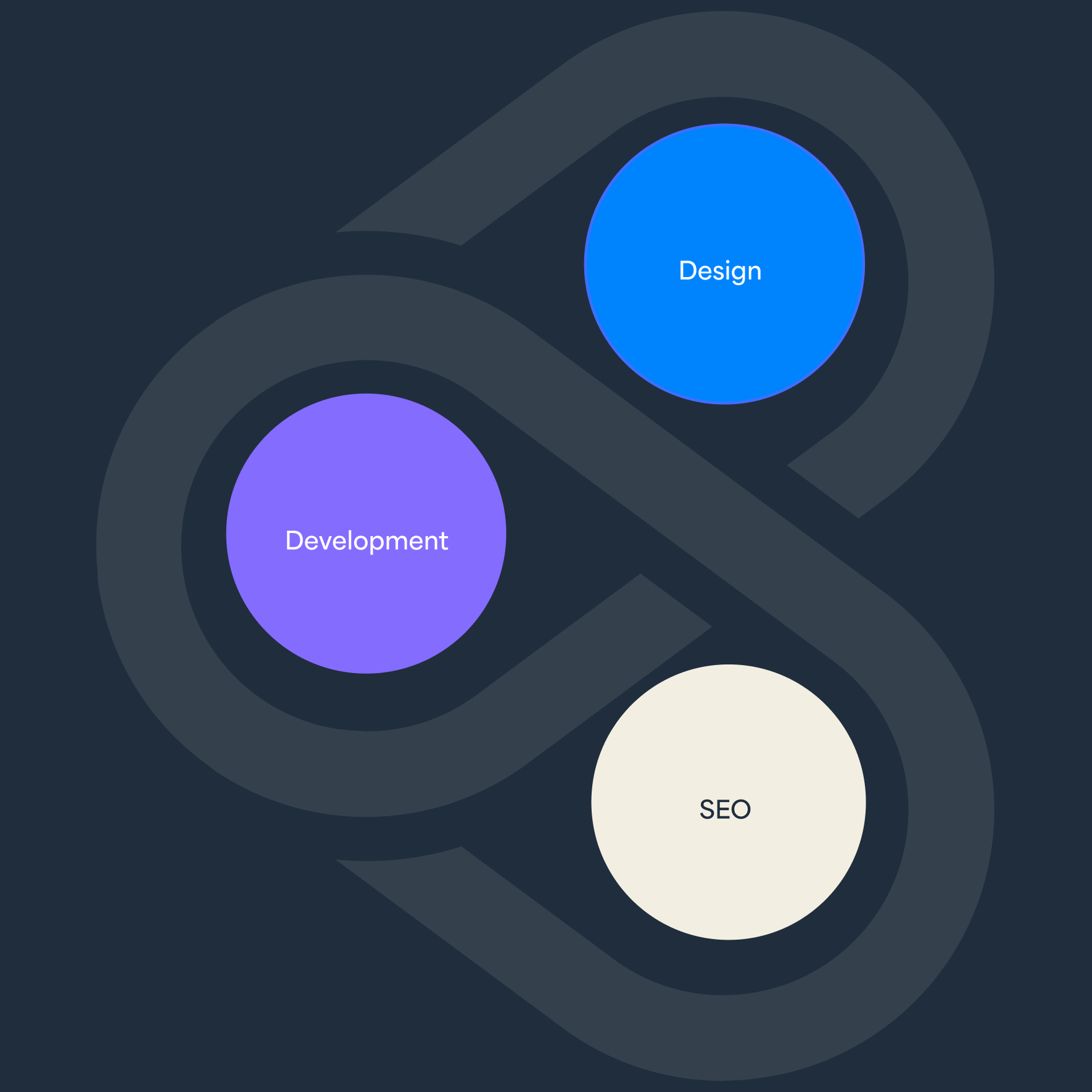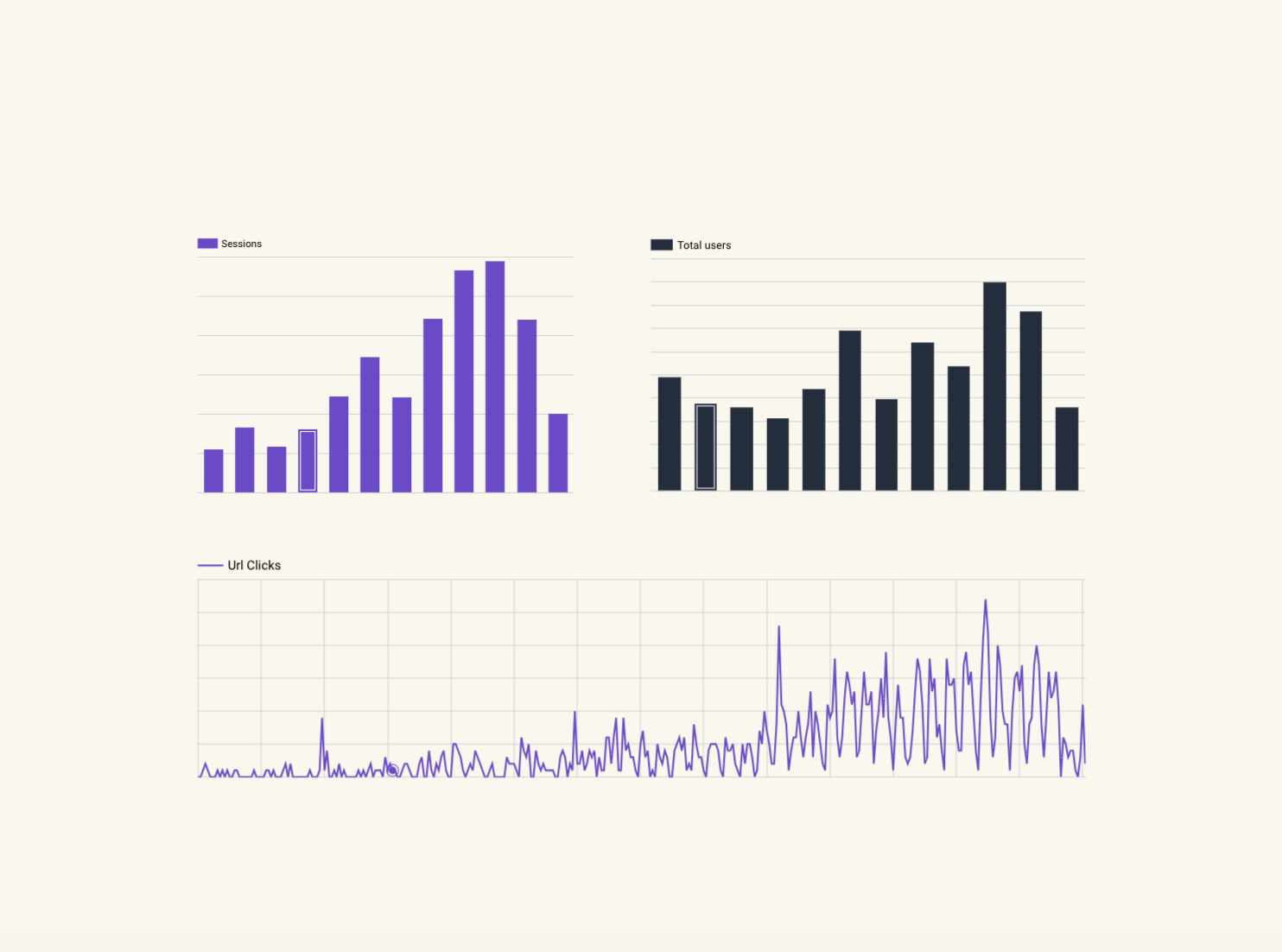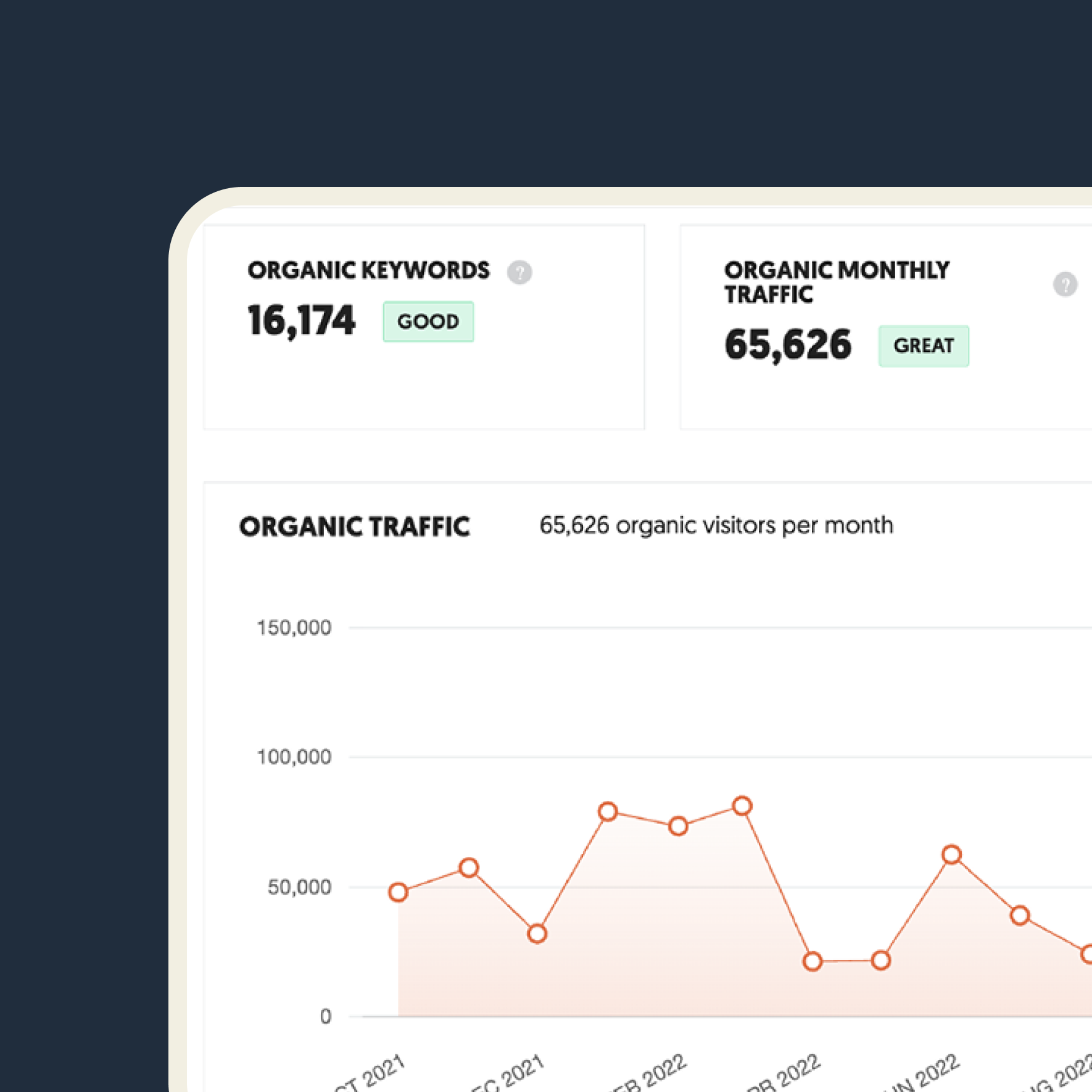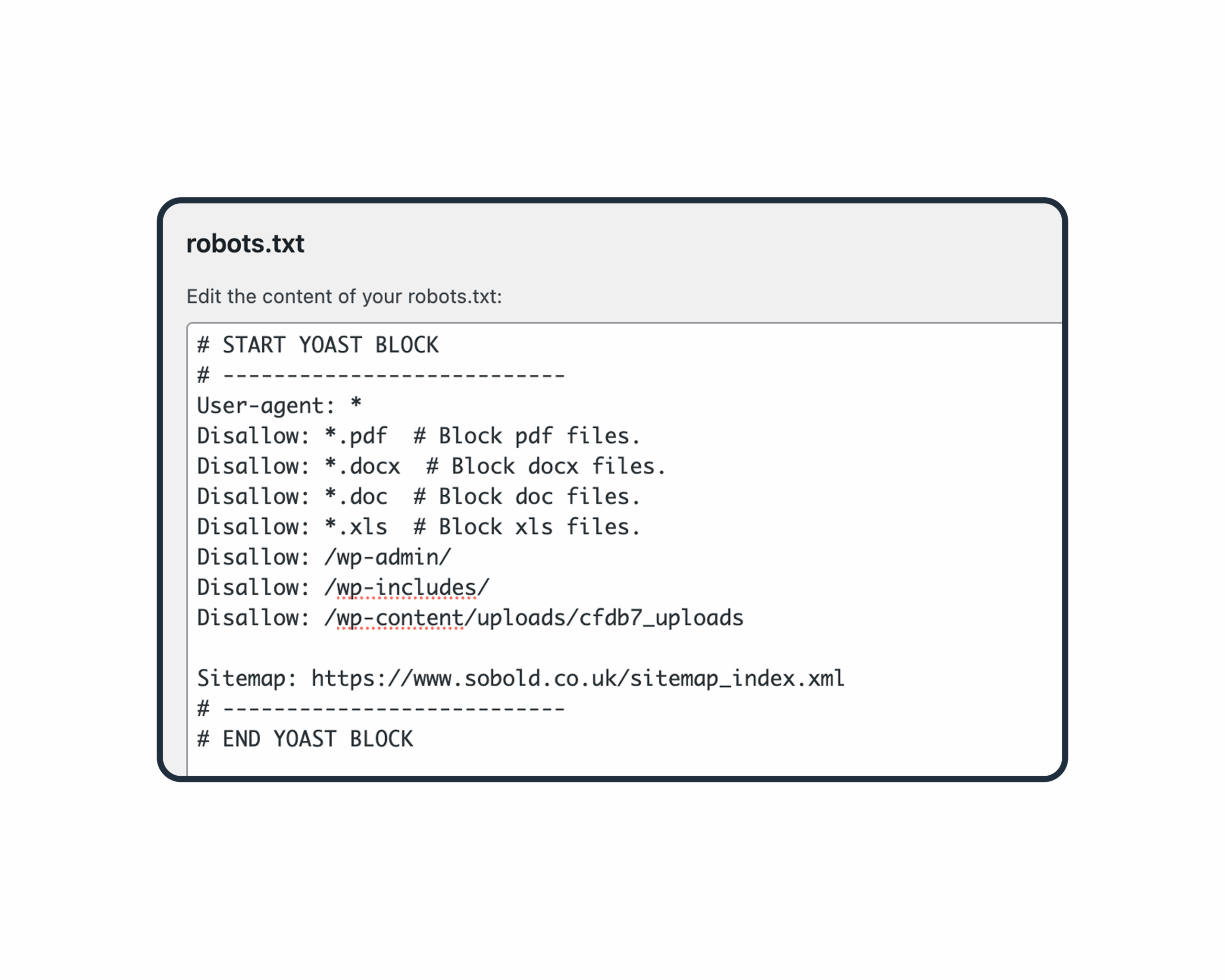
Migrations come in various forms, including domain migrations, subdomain changes, CMS migrations & content migrations.
Each type requires careful planning and execution to ensure a smooth transition without compromising SEO performance.
We plan and manage the process carefully to protect rankings, preserve traffic, and ensure a seamless transition for both users and search engines.
SoBold’s standalone SEO migration support
We provide comprehensive, in-house SEO migration support to minimise risk and maximise growth.
First, we define what type of migration is required and what the scope of work will be. Then, our support has three phases…
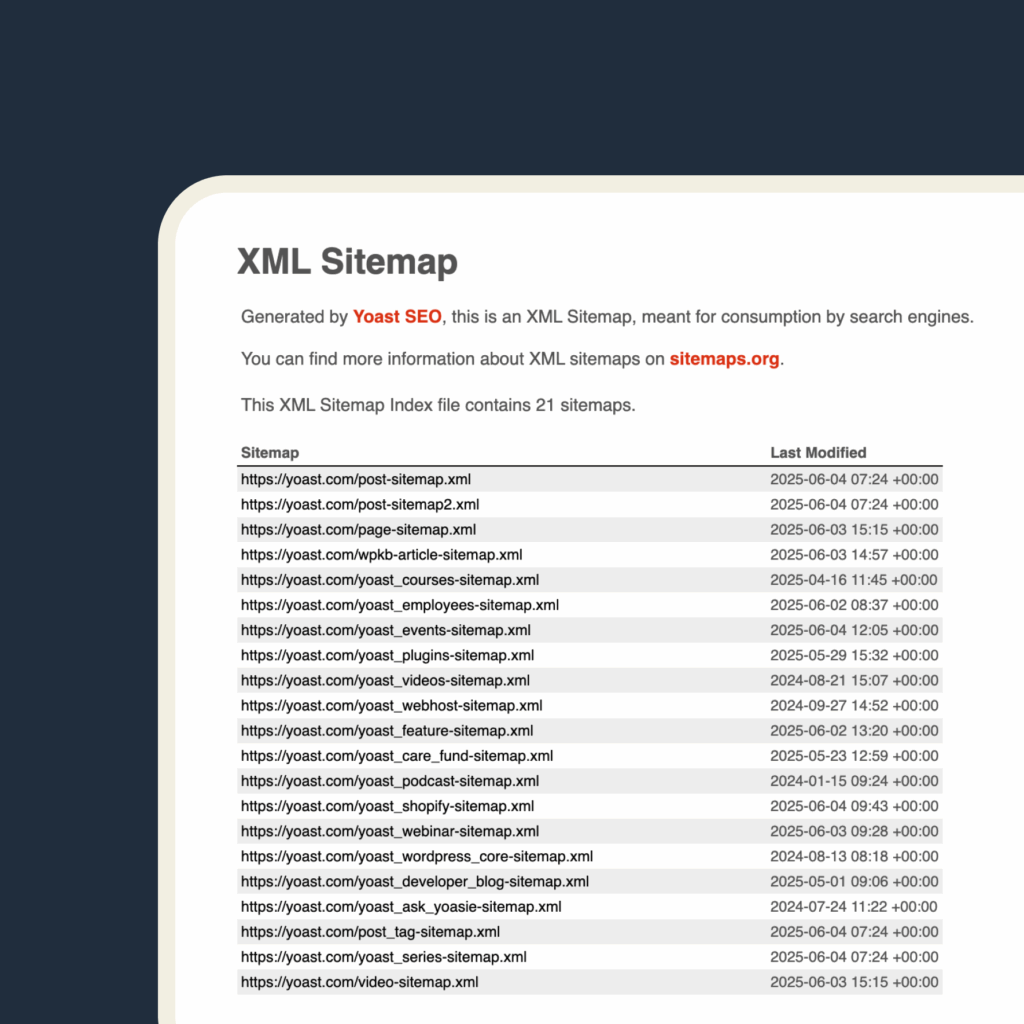
Pre-migration
We start by defining the scope of the migration, which helps us plan the right approach and ensure all necessary tasks are accounted for. Once defined, common next steps pre-migration include:
- Crawl the existing domain to gather key data such as URLs, metadata, content types, index statuses, and any technical issues.
- If necessary, create a new URL structure and share a detailed redirect map to ensure seamless redirection.
Post-migration
The scope of tasks here depends on the type of migration, but this phase can include:
- Setting up and verifying the new Search Console profile.
- Performing checks to ensure the site is properly indexed by search engines.
- Reviewing the robots.txt file for accuracy.
- Running Lighthouse and PageSpeed Insights for performance checks.
- Running a post-deployment crawl, verifying things like structured data, canonical URLs, 3xx and 4xx internal links etc.
- Ensuring the XML sitemap is functional and submitted to Search Console.
- Confirming that impressions and clicks are being tracked in both Google Analytics and Search Console.
Ongoing reporting
We provide reporting and support for the four weeks following the migration to ensure everything is working as expected and to catch any issues early. This post-launch window is crucial for monitoring how the new site is performing and making adjustments where needed. As part of this, we’ll:
- Provide continuous monitoring and reporting on the site’s indexability, ensuring Google is indexing more pages over time.
- Set up or optimise GA4 and ensure comprehensive tracking is in place.
- Address any technical issues through our Development team to prevent major business disruptions.
We start by defining the scope of the migration, which helps us plan the right approach and ensure all necessary tasks are accounted for. Once defined, common next steps pre-migration include:
- Crawl the existing domain to gather key data such as URLs, metadata, content types, index statuses, and any technical issues.
- If necessary, create a new URL structure and share a detailed redirect map to ensure seamless redirection.
Questions about our SEO Migration support
Does a domain change impact SEO?
Yes, a domain change can impact rankings, traffic, and visibility if not handled properly. A strategic migration with clear communication and collaboration between the SEO and Development teams minimises risks and protects your performance.
What are the risks of not doing an SEO migration correctly?
A poor migration can lead to broken links, lost rankings, reduced traffic, and indexation issues, all of which affect your site’s visibility and performance.
How do you handle backlink retention during migration?
We map and redirect key URLs to preserve link equity, ensuring your valuable backlinks continue to benefit your new site and maintain authority.

